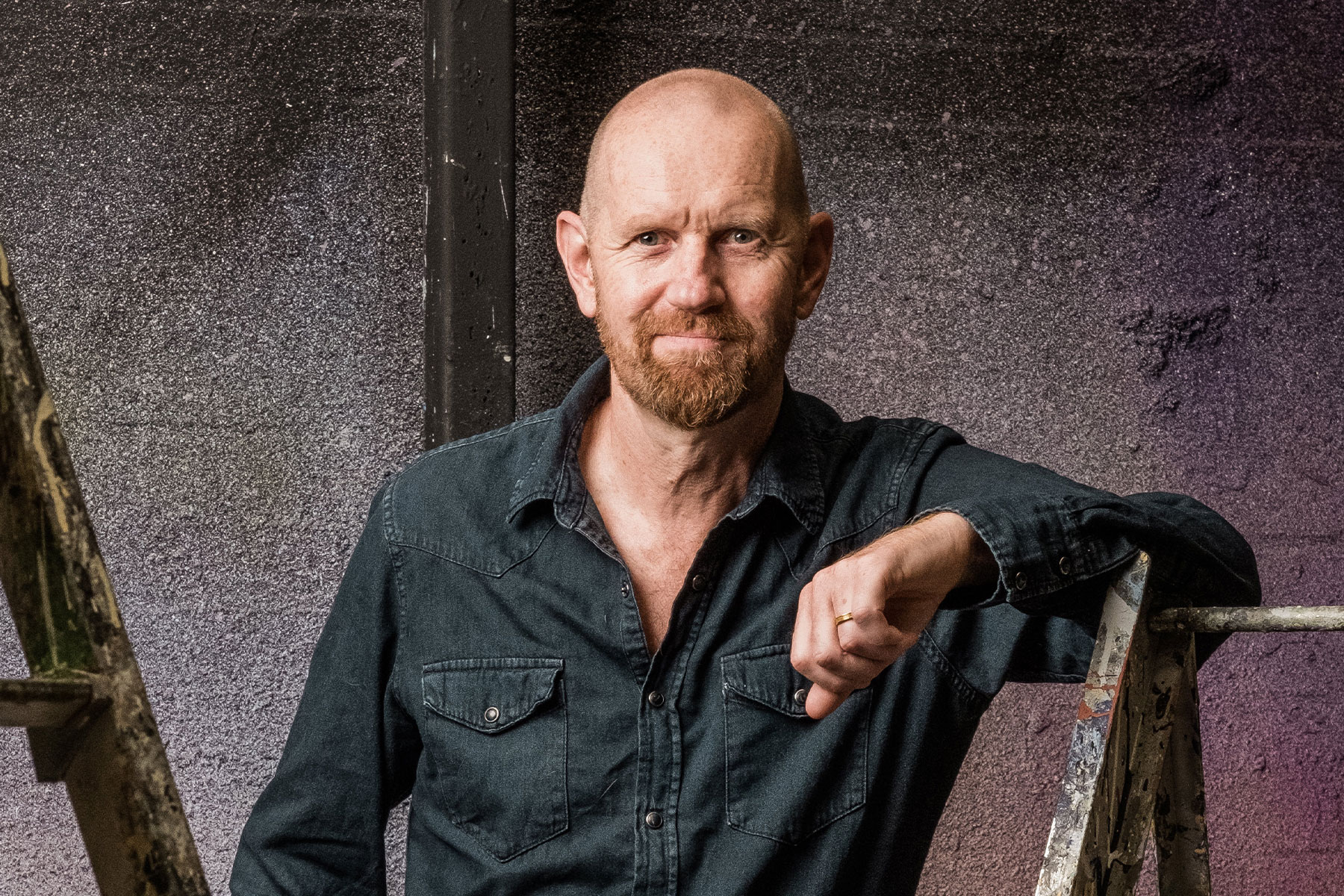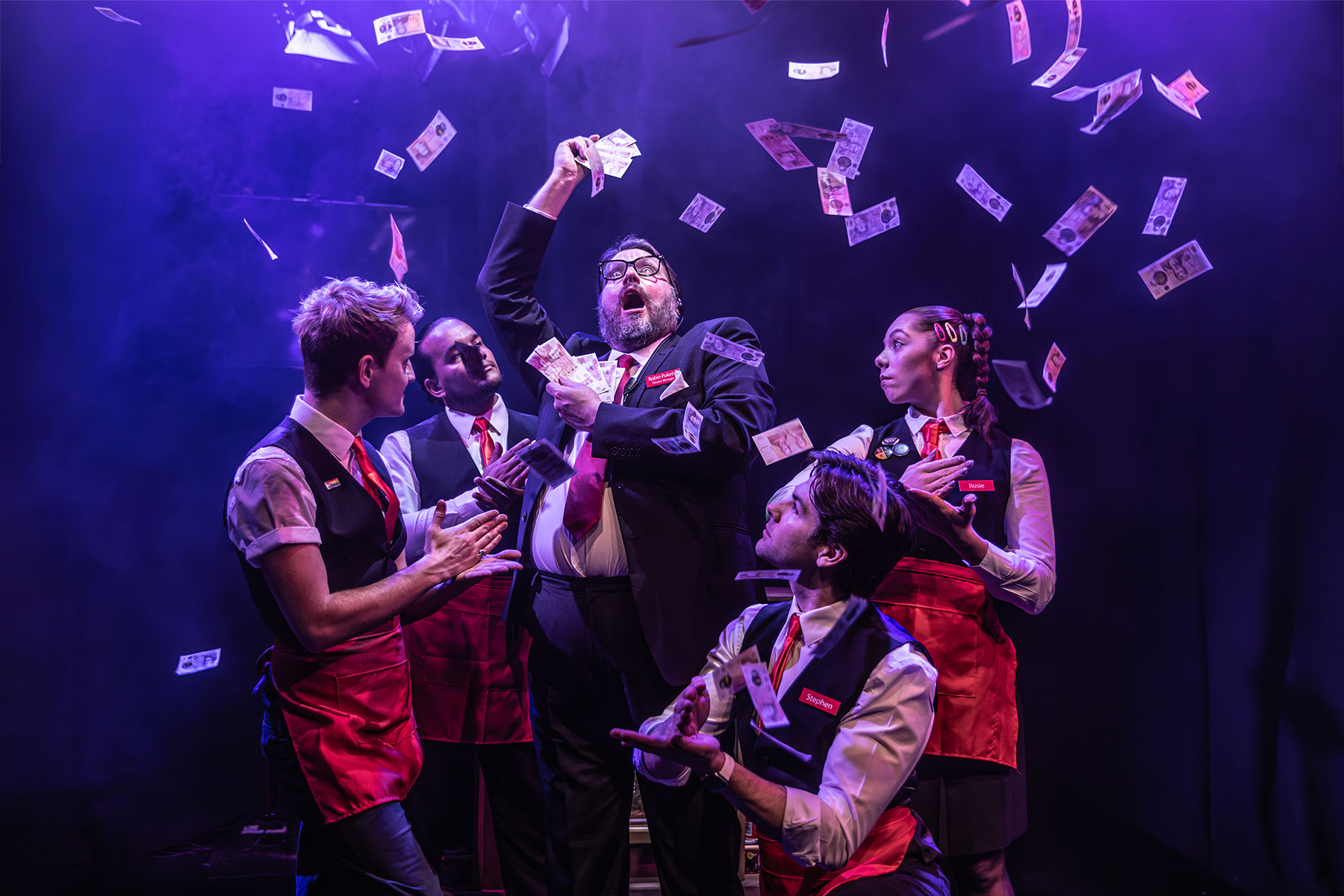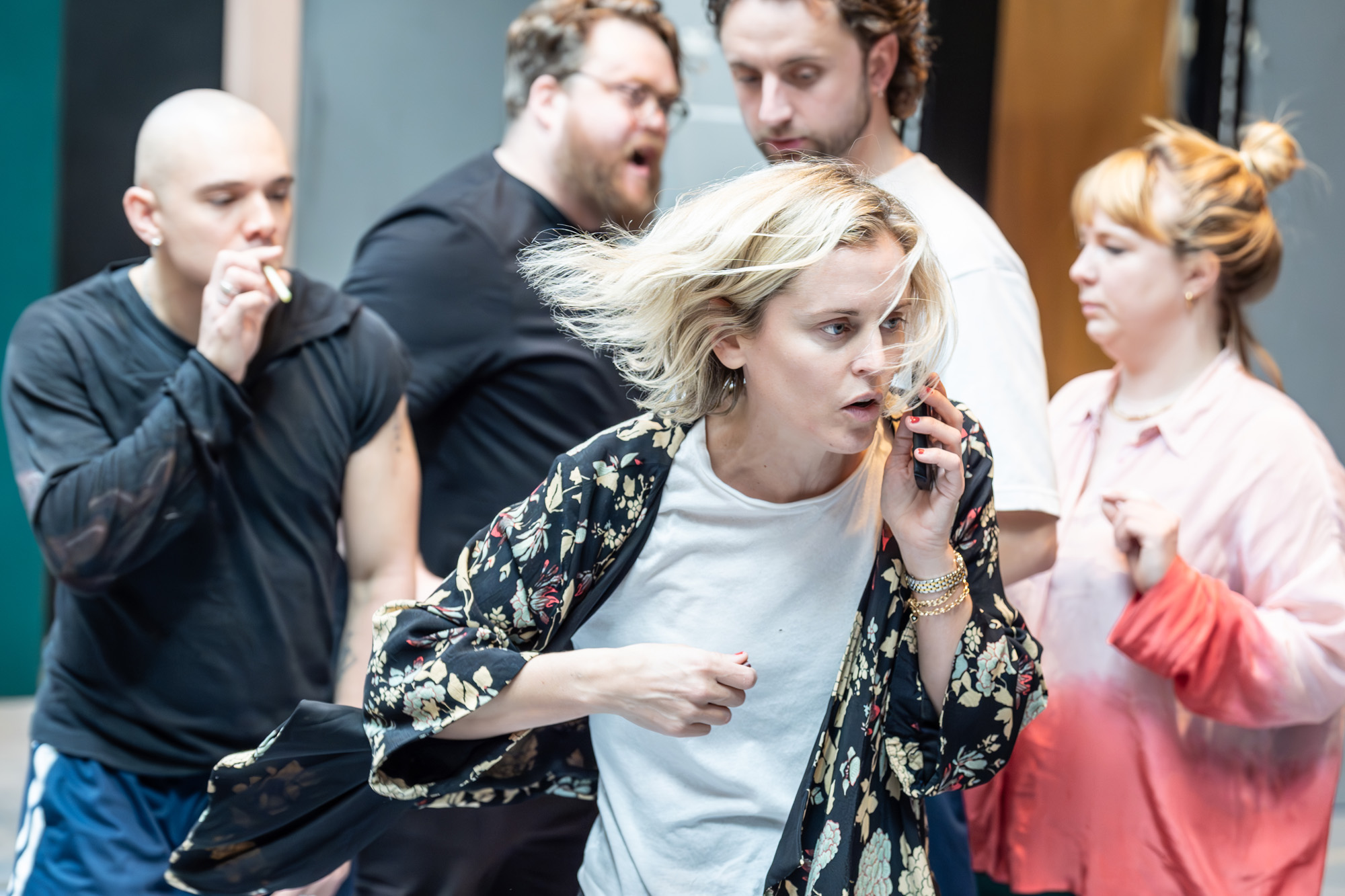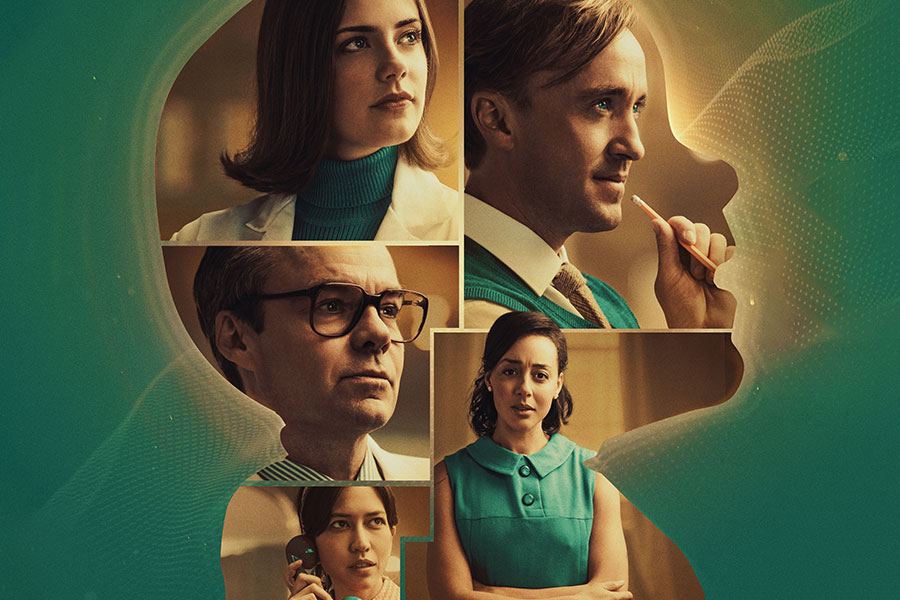Brief Encounter with … Matthew Bourne
New
Adventures, which began in 1987 as “a group of friends who just
wanted to get together to perform and choreograph”, is now one of
the best known dance companies working today, both in the UK and
internationally.
Led
by superstar choreographer Matthew Bourne, who founded the company,
New Adventures is celebrating its 25th
birthday this year with three shows, each of which reflects a
different aspect of the company.
Currently touring the UK is {Early
Adventures::T1189292162}, a triple bill of works that launched Bourne’s
career as a dancer and choregrapher (until 30 June).
A
brand new production of Sleeping Beauty – the
third and final great Tchaikovsky ballet by New Adventures – will
play at Sadler’s Wells this Christmas (from 4 December to 26
January).
And
on 18 July Play Without Words opens at Sadler’s
Wells, following a UK tour. It is the show’s first revival since it premiered at the National
Theatre in 2002. Based on the 1963
film The Servant, which was written by Harold
Pinter and starred Dirk Bogarde, Play Without Words
tells the story of the breakdown of a household after a manservant is
hired by the husband of the piece. It won the 2003
Olivier Awards for Best Entertainment and Best Theatre Choreographer.
Here
Bourne tells us about the revival, New Adventures turning 25 and his
unique approach to choreography…
What
made you want to revive Play Without Words
now?
I
was trying to create a year that said a lot about what we did. So we
looked to where we came from with the early pieces and with the world
premiere at the end of the year with Sleeping Beauty.
So we’re looking at the old and the new and then in the middle it
felt like Play Without Words was just screaming
out to be seen again because it was probably the most unusual of the
pieces. And we were looking at something that we could also do in the
summer rather than in our winter slot – because Play
Without Words has got this cool, amazing jazz score played
live, it felt like it could attract that summer audience on those hot
summer evenings.
How
did you approach adapting Play Without Words at
the National in the first place?
One
of the unique things theatrically about the piece is I that decided to
cast the five main characters with more than one person playing them
so you get slight variations on the story all at the same time. It
was an experiment at the National and it was intended to be
experimental. But the wonderful thing that happened when we opened it
is that it actually does work and people did really take to it.
It became quite an accessible, popular piece, which is so unexpected
because it seemed like a crazy idea that we were playing with. As
a storyteller I like to be very clear because I’m working in a
medium which for many people is a bit mysterious – storytelling
through movement and without words.
How do you go about keeping your shows fresh for new audiences when you revive them?
I’m
a tinkerer in my own work. I do change them a fair bit each time. I
think it’s important that the performers have some sort of
ownership over the roles. I like the performers to feel like they are
giving something of themselves to it. With Early
Adventures, which is the really early work, I wanted it to
be seen as it was in some ways, I didn’t change it too much.
Because I thought that was the point of doing it – to show what the
work was like then and where the later pieces came from.
The
creative team on Play Without Words, as well as
many of the show’s dancers, are people you’ve worked with before. How
important is it to have those trusted collaborators on
board?
Whether
it’s a good thing or a bad thing, I don’t know, but I like my
team around me. It’s not that I don’t enjoy collaborating with
new people – I have done it and I do enjoy that – but there’s
just a lot to do when you’re creating a new production. People
forget with a dance production that there is no script in the
beginning of it. You’re not even half way there, so you need those
people to help you shape the story and the storytelling.
Through
shows like your all-male Swan Lake, New Adventures
is credited with having opened dance up to a more mainstream
audience. Was that part of the plan when you founded the company?
I
don’t think it was a master plan to do that. It was more a natural
thing of the sort of work I like to do, which sort of partly explains
why I do musical theatre as well. I like to entertain and in the
dance world it’s quite unusual in some respects – the desire to
entertain audiences. People don’t put that at the top of their list
of priorities in a way and I think possibly the idea of narratives
and the fact that most of my work is telling a story, it’s
something that appeals to audiences generally. People go to the
cinema or to the theatre to see a story played out for them and I
think that’s not necessarily what all choreographers do in the
dance world.
Where
do your ambitions lie in terms of creating new projects beyond this
25th
anniversary year?
When you’ve been around for this long
it becomes harder to find ideas and new things. I think the next
thing, apart from continuing with the company and developing dancers,
which I love – could be more interesting film projects like the
Swan Lake 3D we did this year. Maybe some
site-specific projects as well. It’s trying to find new ways of
telling stories without words. That’s what still excites me and
intrigues me.
**
DON’T MISS our Whatsonstage.com
Outing
to PLAY WITHOUT WORDS
on 25 July 2012 and get your top ticket, a FREE
programme
and access to our EXCLUSIVE
post-show Q&A with Matthew Bourne –
all for the INCREDIBLE
price of just
£35.00!!
CLICK
HERE TO BOOK NOW!
**










